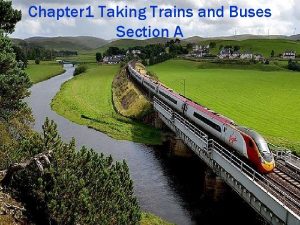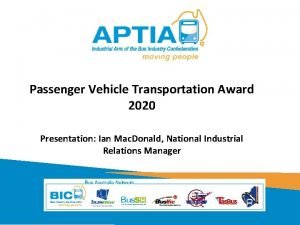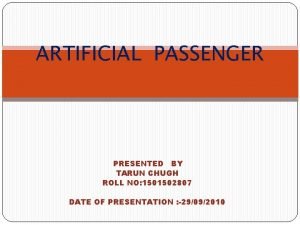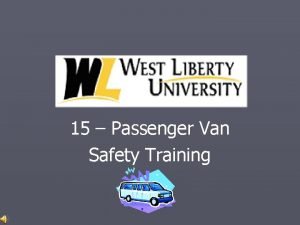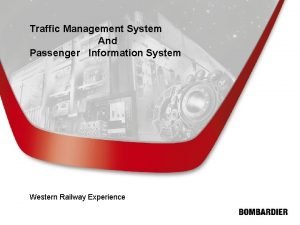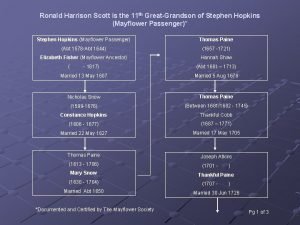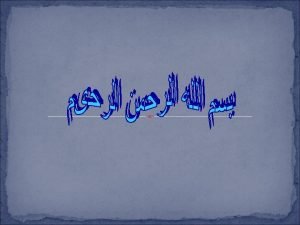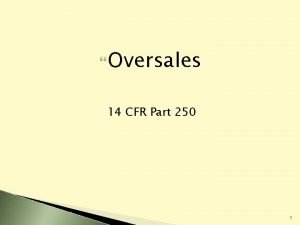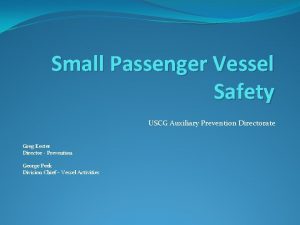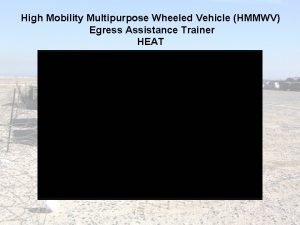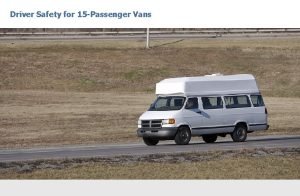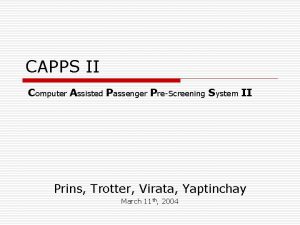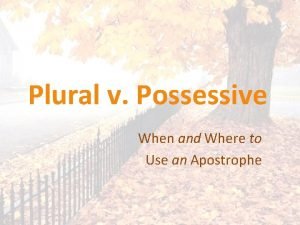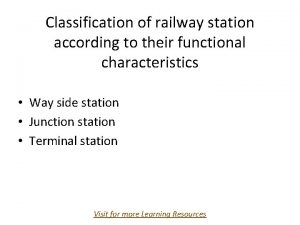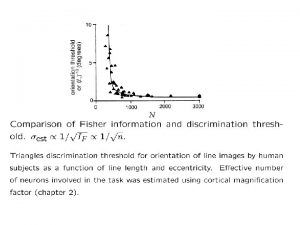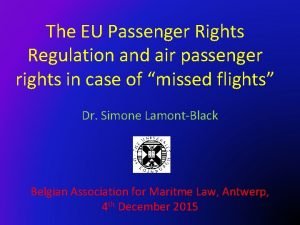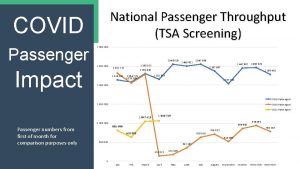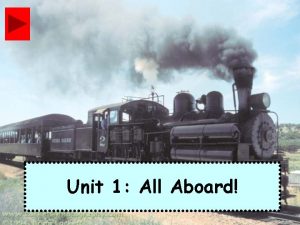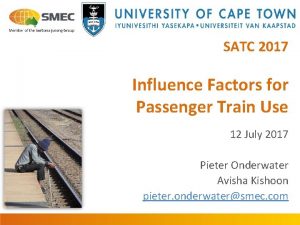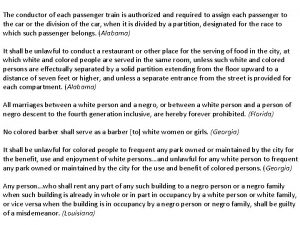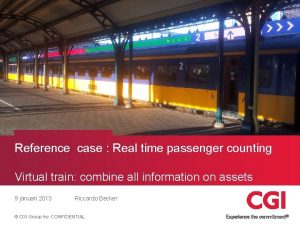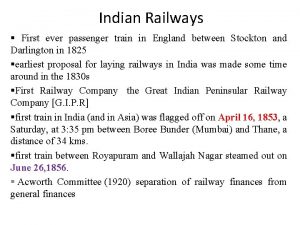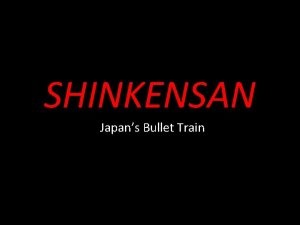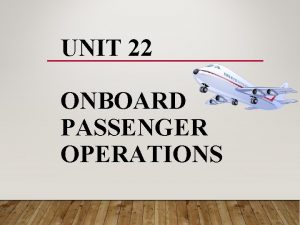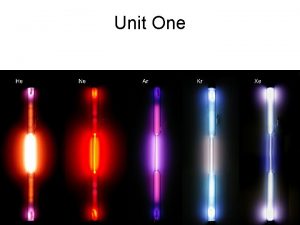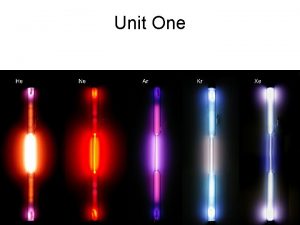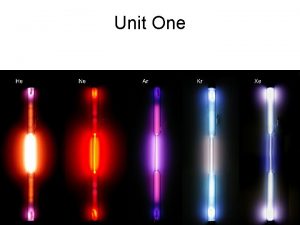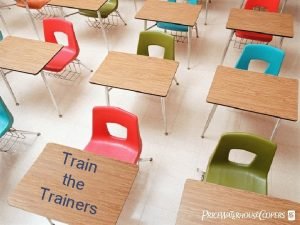Review Unit One A passenger on the train





















- Slides: 21

Review Unit One

A passenger on the train is at rest relative to A. B. C. D. The boy on the train platform. The ground The train. The trees.

From what frame of reference would the boy on the platform appear to be moving? A. B. C. D. The train The ground The trees The pole Answer to previous slide: C

A squirrel climbs 6 meters up a tree and turns and walks 4 m back down. What is the displacement of the squirrel? A. B. C. D. 10 m 2 m 2 m up 2 m down Answer to previous slide: A

The straight line distance from the starting point to the ending point of an object’s motion is A. Distance B. Displacement C. Direction D. Speed Answer to previous slide: C

A car’s speedometer measures A. B. C. D. Acceleration Average Speed Constant Speed Instantaneous speed Answer to previous slide: B

How are speed and velocity different? A. B. C. D. Speed is always constant, velocity can change. Speed includes direction of motion. Velocity is always constant, speed can change. Velocity indicates direction of motion. Answer to previous slide: D

To find _______ divide the total distance traveled by the time it takes to travel that distance. A. B. C. D. Acceleration Average speed Instantaneous speed velocity Answer to previous slide: D

The SI unit for acceleration is the A. B. C. D. m m/s 2 s Answer to previous slide: b

A vector is a quantity with magnitude (size) and A. B. C. D. Acceleration Direction Distance Displacement Answer to previous slide: c

Which of the following is NOT a vector? A. B. C. D. Answer to previous slide: b Acceleration Displacement Speed Velocity

Objects accelerate by A. Speeding up. B. Speeding up or slowing down. C. Speeding up, slowing down or changing directions. D. Traveling at a constant velocity. Answer to previous slide: c

Objects in free fall accelerate at A. B. C. D. 5. 8 m/s 2 6. 8 m/s 2 9. 8 m/s 2 10. 8 m/s 2 Answer to previous slide: c

When the Ferris wheel is traveling at a constant speed, are the people in the cars accelerating? A. Yes B. No Answer to previous slide: c

To determine the velocity of an object you need to know A. B. C. D. Distance traveled and time Distance traveled, time and direction. Initial and final velocities and time. Answer to previous slide: yes…they are changing direction!

Acceleration is the rate at which ______ changes. A. B. C. D. Displacement Motion Speed Velocity Answer to previous slide: b

What statement best describes the motion of the object represented by the graph shown? distance A. The object has a constant speed and is moving quickly. B. The object has a constant speed and is moving slowly. C. The object is accelerating at a constant rate. D. The object is moving slowly and accelerating. time Answer to previous slide: d

What statement best describes the motion of the object shown in the graph. A. The object travels at a constant speed of 1. 5 m/s for 10 seconds and then stops for 10 seconds. B. The object travels at a constant speed of 1. 5 m/s for 10 seconds and then maintains a constant speed of 15 m/s. C. The object accelerates at 1. 5 m/s 2 for 10 s and then maintains a constant speed of 15 m/s. D. The object accelerates at 0. 66 m/s 2 for the first 10 seconds and then stops for 10 seconds. Answer to previous slide: a

Tom went out for a walk with some friends. He suddenly realized he had left his wallet at home. He ran home to get it and then had to run to catch up with the others. Which graph best represents Tom’s motion? A C B D Answer to previous slide: a

Tom skateboarded from his house, gradually building up speed. He slowed down to avoid some rough ground, but then speeded up again. Which graph best represents Tom’s motion? A B C D Answer to previous slide: c

Answer to previous slide: d
 Unit 6 review questions
Unit 6 review questions Unit 22 onboard passenger operations
Unit 22 onboard passenger operations Unit test review algebra 2
Unit test review algebra 2 One section of a train
One section of a train Passenger vehicle transportation award 2020
Passenger vehicle transportation award 2020 Boarding and alighting
Boarding and alighting What is artificial passenger
What is artificial passenger 15-passenger van quiz answer key
15-passenger van quiz answer key Passenger management system
Passenger management system Stephen hopkins mayflower passenger grandchildren
Stephen hopkins mayflower passenger grandchildren Dodo passenger pigeon and stellers
Dodo passenger pigeon and stellers Passage power passenger
Passage power passenger Cfr 250
Cfr 250 Uninspected passenger vessel
Uninspected passenger vessel Passenger vessel safety act of 1993
Passenger vessel safety act of 1993 Your passenger jammed his finger in the door of your m1114
Your passenger jammed his finger in the door of your m1114 Safest 15 passenger van
Safest 15 passenger van Computer assisted passenger prescreening system
Computer assisted passenger prescreening system Passenger plural possessive
Passenger plural possessive A pilot at an airshow charges $25 per passenger
A pilot at an airshow charges $25 per passenger Classification of railway stations
Classification of railway stations What is the definition of work in physics
What is the definition of work in physics



